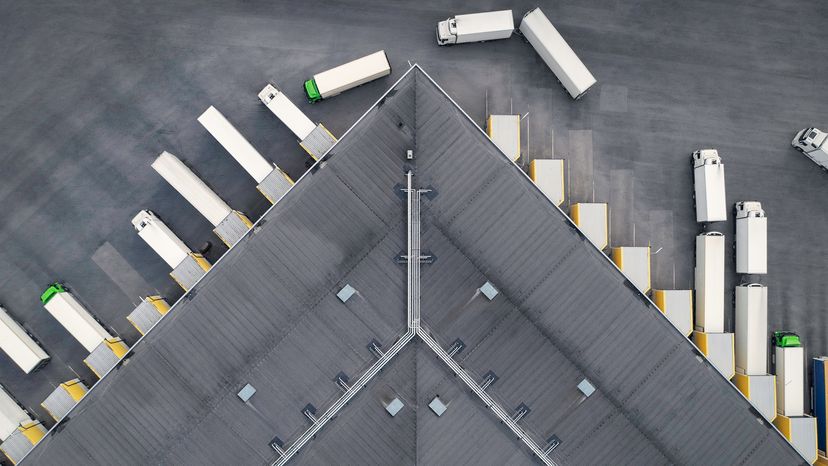Aside from the retail sector, geofencing can enhance security by setting virtual boundaries around sensitive areas. When unauthorized individuals cross these boundaries, the system can trigger alarms and notifications to security personnel.
This application is crucial for high-security areas like military installations or private corporate campuses, where maintaining the integrity of the perimeter is vital. Here are four other scenarios that benefit from geofencing.
1. Workforce Management
For industries with significant on-site work requirements, such as construction or mining, geofencing helps ensure worker safety by monitoring their presence within designated safe areas. Alerts can be set up to notify supervisors if workers enter hazardous zones, enhancing on-site safety protocols.
When it comes to time theft, this technology can also automate attendance and time-tracking processes by marking employees' entry and exit from the workplace. This technology simplifies administrative tasks, reduces the potential for timecard fraud and ensures accurate payroll processing.
2. Smart Home Automation
Home automation systems use geofencing to adjust settings based on the residents' location. For instance, heating or air conditioning can be turned on as a resident approaches home, ensuring the environment is comfortable upon arrival. Similarly, lights can be programmed to turn off automatically when the house is empty, contributing to energy conservation.
Enhanced home security is another application. Security cameras, alarms and lights can be activated or deactivated based on the homeowners' presence, as detected by their smartphones. This ensures that security measures are in place when the house is unoccupied, offering peace of mind to residents.
3. Child Safety and Elderly Care
Parents can use geofencing to create virtual boundaries around safe zones for their children, such as schools or neighborhoods. Receiving instant notifications when a child enters or leaves these areas provides reassurance and enhances child safety.
For elderly care, especially for individuals with cognitive conditions, geofencing offers a safety net by alerting caregivers when they leave their home or care facility, facilitating a quick response to ensure their safety.
4. Transport and Logistics
In the transport sector, geofencing optimizes fleet management by providing real-time alerts when vehicles enter or exit specific zones, such as delivery points or warehouses. This aids in route optimization, efficient scheduling and ensuring timely deliveries.
Companies can receive instant alerts if a shipment deviates from its expected route, enabling quick response to potential theft or loss. This is especially useful for high-value or sensitive shipments that require close monitoring.
Automated toll collection systems use geofencing to detect when vehicles pass through toll areas, enabling seamless toll transactions without the need for physical toll booths. This application reduces traffic congestion and streamlines the toll collection process.
